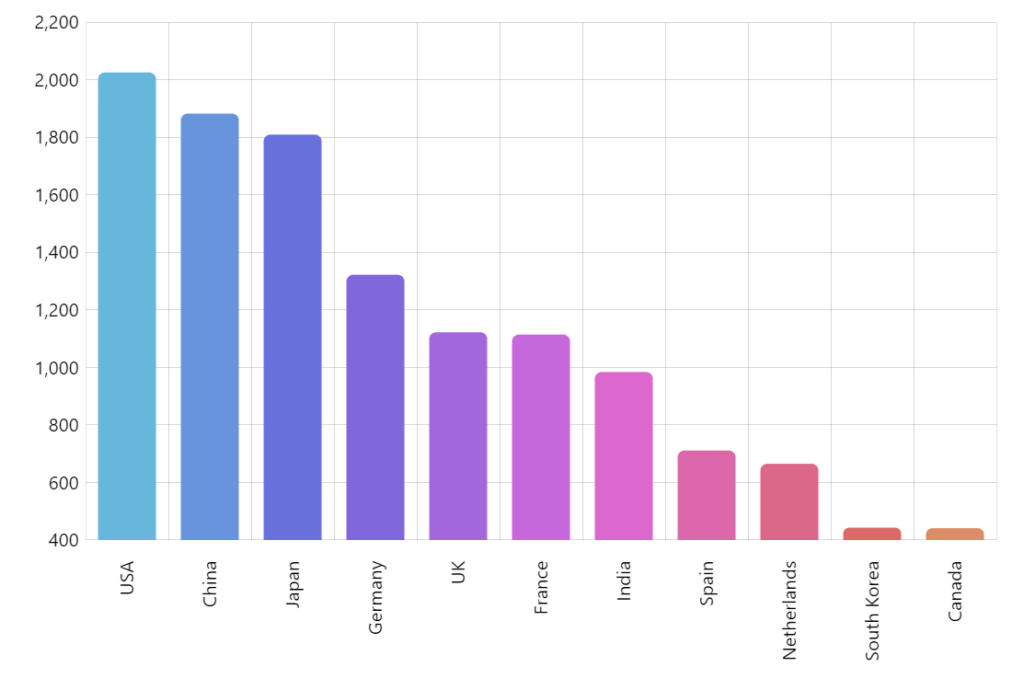UK Interest Rate Increase and Bank of England’s Monetary Policy Report: At its meeting this week, the Bank of England’s Monetary Policy Committee (MPC) voted to increase the Bank Rate by 25 points to 5.25%. The vote was divided with 6 members in the majority opinion; the 3 who had another view were split between two members of the committee who voted for an increase of 50 basis points and one member who voted for no change. This is now the highest rate since April 2008 and the highest in the G7 group of countries. The increase in the UK follows similar 25bp increases by both the US Federal Reserve last week and the European Central Bank on Wednesday.
In its quarterly Monetary Policy Report, the Bank suggests that while inflation will continue to fall – it suggests a rate below 5% by the end of this year (meeting the Prime Minister’s objective) – it is concerned about food price inflation which is expected to still be around +10% (currently +17.3%) by the end of 2023. Another key driver behind the decision to raise interest rates again is that private sector pay has risen more than expected in recent months, leading to higher inflation in the service sector.
There was also a subtle change in the messaging about future rates from the Bank; although it acknowledges that were are close to (but probably not quite at) the likely peak rate, it indicates that the Bank Rate could plateau at more than 5% through 2024 and into 2025. On the other hand, there are also clear indications that the higher interest rates are having the effect of slowing the economy, so the Bank is walking a tightrope between reducing inflation and avoiding a significant recession.
The Bank has an odd way of presenting its economic forecasts by focusing on the position in the next quarter (Q3 in this report) in 2024, 2025 and 2026. While it now thinks that the UK will avoid a recession – a view shared by most commentators including our colleagues at Oxford Economics – it is still pointing to an anemic rate of growth that only gets above an annualized rate of +1% in 2026. It is, however, worth noting that this is noticeably more pessimistic than the panel of external forecasters quoted by the Bank in its report.
The latest update from the Bank’s local Agents, which is part of the Monetary Policy Report, picks up on the twin themes of a slowing economy and concern over the persistence of inflation. Manufacturing output was reported to be broadly flat and supply chain concerns have eased but while export demand had improved, domestic demand was subdued. However, the outlook for output in the 2nd half of the year was reported to be weaker for both manufacturing and construction.
Higher interest rates and the general economic uncertainty has led to a softening in investment intentions, although companies are still willing to spend on IT and digital services to improve productivity. Despite these difficulties, employment intentions remain positive, although recruitment, retention and skills shortages remain a problem for some industries, including engineering.
You can access the Monetary Policy Report on the Bank of England website at https://www.bankofengland.co.uk/monetary-policy-report/2023/august-2023 – scroll down to the report section of this page, you can use the side menu to jump to the section on the Agents’ update on business conditions.
——————————————-
European GDP, 2nd Quarter 2023: The preliminary flash estimate of GDP from Eurostat for the 2nd quarter of 2023 shows an increase of +0.3% for the Euro-zone but no change compared to the previous quarter for the EU as a whole. This reverses the picture in the 1st quarter where EU GDP grew by +0.2% but it was unchanged in the Euro-zone which suggests that this may be due to timing issues around a broadly flat trend.
Compared to the level in 2nd quarter of 2022, GDP in the EU has increased by +0.5%, with growth of +0.6% for the Euro-zone. This represents a deceleration as both areas had annualized GDP growth of +1.1% at the end of Q1-23.
We only have data from 12 of the EU countries at this stage with a range of outcomes; Ireland has the fastest quarter-on-quarter growth rate at +3.3%, although given that this followed a reduction of -2.8% in the 1st quarter, this looks likely to be a correction in what is often a volatile series.
Four countries – Austria (-0.4%), Italy (-0.3%), Latvia (-0.6%) and Sweden (-1.5%) saw a contraction in economic activity but as all of these had some growth in the previous quarter, none of them are technically in recession. On this subject, zero growth in Q2-23 means that Germany’s recession (-0.4% in Q4-22 and -0.1% in Q1-23) has ended but with a clear risk of this news being reversed if there is a downward revision to the latest data; Lithuania also saw its recession over the same to quarters end with growth of +2.8% in Q2-23 – clearly this is less likely to be changed by any revisions. For more details, you can download the Euro-indicators report from their website at https://ec.europa.eu/eurostat/news/euro-indicators (31 July).

